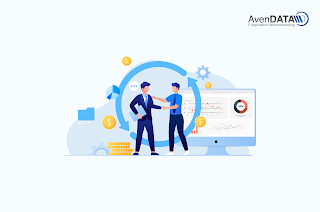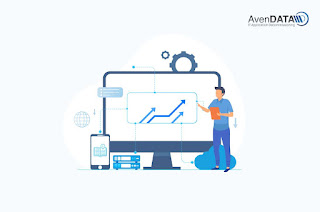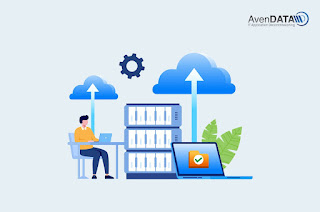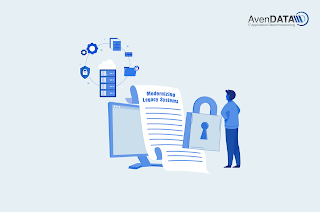Top 5 data areas during a SAP system decommissioning
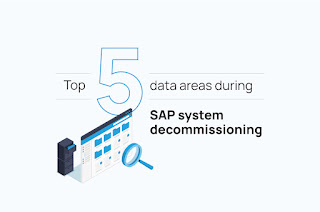
Introduction SAP system decommissioning refers to the process of retiring or retiring SAP systems that are no longer needed or relevant for an organization’s operations. It involves systematically removing and shutting down SAP landscapes, including servers, databases, and associated applications, in a controlled and planned manner. Here are the top five areas that must not be overlooked during a SAP system decommissioning . These areas form the basis for being able to prove the completeness of archiving at the end. Cluster tables, GOS documents, and ADK files, in particular, are always a challenge. 1. Cluster Tables SAP cluster tables are special database tables in SAP systems that are optimized for storing large amounts of data. Cluster tables are designed to provide high performance in processing data, particularly in applications that require a high number of read and write accesses. Unlike regular database tables that are stored in individual records, cluster tables store m...


.jpg)


